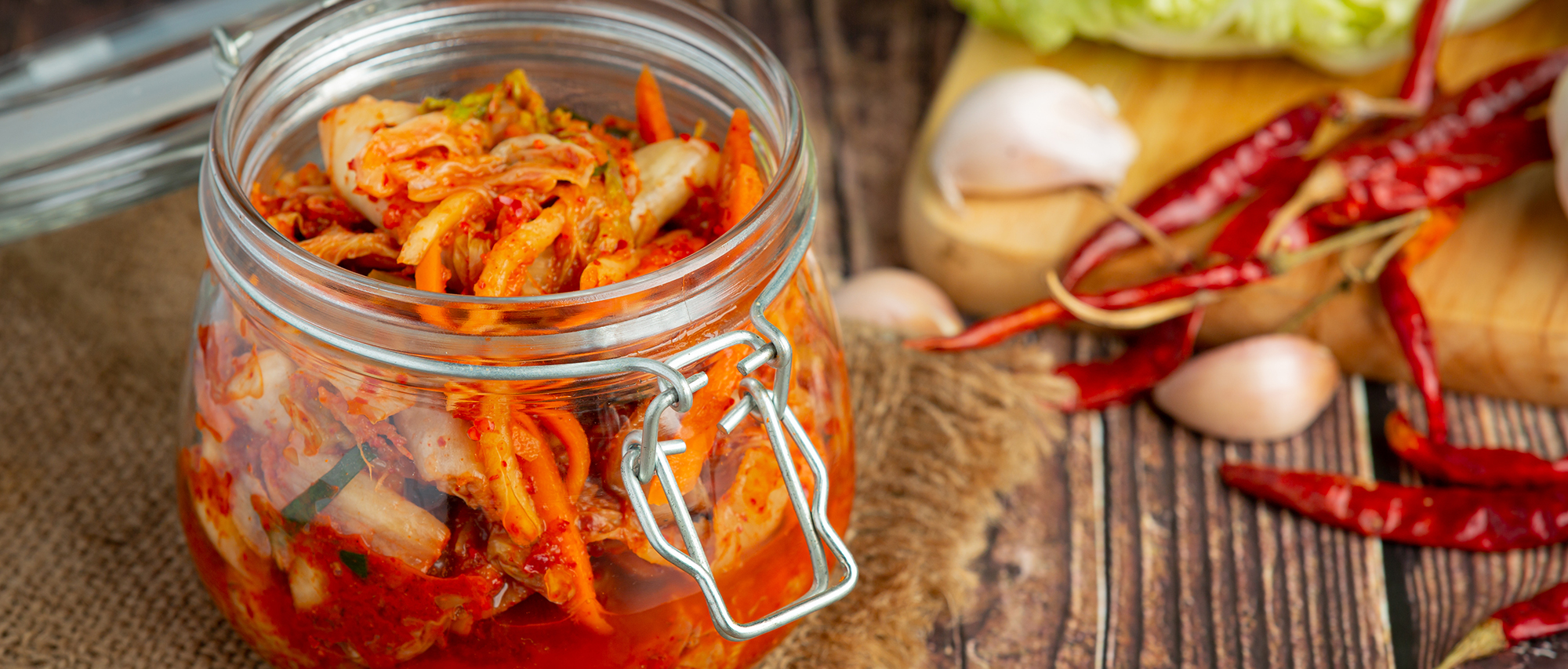
The “Island” of Your Gut: How Probiotics and Prebiotics Work to Boosts Your Health
Imagine a peaceful, remote island. Some islanders are the “good guys” — they till the soil, harvest the crops, fish and keep island operations running smoothly. A few are the island troublemakers; they eat too much of the food, destroy property, don’t work and are a drain to the island. As long as the good islanders substantially outweigh the no-good-doers, the island is happy and thrives.
What if this island was your stomach?
Your digestive tract is home to trillions of bacteria. There’s enough bacteria to stretch around the world two and a half times in just one human. But don’t fret: this is a good thing. We need lots of bacteria to live.
Your gut bacteria complete a lot of functions. These single-celled organisms:
- Help protect against disease and infections
- Improve the efficiency of your digestive system
- Absorb nutrients, and support the gut brain axis
The beneficial effects of these bacterial colonies are truly endless.
Unfortunately, many of our gut bacteria “islands” aren’t well populated. Let’s turn back to our original metaphor:
The “good islanders” are good gut bacteria. These are the various strains of lactobacillus, bifidobacterium, yeast, bacillus coagulans and more that are keeping your digestive tract moving and aiding the immune system.
Importantly, however, the good bacteria are counteracting the effects of the “bad” bacteria. These are pathogens like H. Pylori, amoebas, protozoans, worms, candida, and more. With sufficient numbers of “good islanders”, the bad bacteria will be outnumbered and pushed out as there is no void for them to fill.
When we eat heavily processed diets, experience chronic stress, or consume a long antibiotic regimen we are at risk of developing dysbiosis. This is digestive disharmony—when the bad bacteria begin to outweigh the good, and our health suffers the consequences. Symptoms of a dysregulated microflora include a weakened immune system, weight gain, cognitive effects, inflammation, slowed metabolism, and a poorer quality of life.
So what can we do to reverse dysbiosis and improve the state of our bacteria “island” in our digestive tract? There are three simple steps you can take today to support your gut health:
1. Remove inflammatory products from your diet
To start, you need to limit the foods that bad gut microbes thrive off of. Any processed, highly refined, and sugary foods generally need to be removed or limited from the menu. This includes foods like:
- Fast food
- Sodas
- Processed foods (chips, pretzels, Little Debbie Snacks)
- Corn, Safflower, Sunflower, and Soybean Oils
- Refined grains and grain products
Does this mean you can never have a cupcake? No, sugar and other delicious but less healthy foods are still okay to eat—once in a while. If you find yourself eating them constantly (more than, say, 1-2x per week), then you are fueling bad bacteria like candida, for instance, which thrives on a high sugar diet.
2. Add probiotics to your regimen
Next, add probiotics to your daily routine. Probiotics are supplements or foods containing the “good guys” of the island—beneficial bacteria! When you have a probiotic, it’s like you’re bringing in new, helpful islanders to knock out the laggards and fill any empty homes in town.
You can naturally boost your concentration of probiotics and healthy gut bacteria by eating foods like:
- Yogurt
- Kefir
- Miso soup
- Soft cheese (brie, goat cheese)
- Sauerkraut
- Kimchi
And many more. However, for many people, it’s simpler to add a probiotic supplement to your regimen, which can add a much higher concentration of healthy bacteria to your gut than a yogurt or sauerkraut serving can. Adding a probiotic to your nutrition plan is one of the best things you can do for your gut health.
There are many different types of probiotics—yeast, soil-based, food-based, and more—but starting with a combination probiotic is likely the best option for you. These products combine the various types of probiotics into one supplement, giving you a diversity of healthy bacteria and microflora to add to your gut.
We recommend the Visbiome High Potency Probiotic. If you struggle with specific gut issues like IBS or Crohn’s Disease, you should speak with your doctor about starting probiotics, and ask them if there is a specific brand they recommend.
3. Bring prebiotics into your diet
Lastly, you need to bring prebiotics into your daily meals. But wait—what’s the difference between pro- and prebiotics, other than swapping an o for an e?
Probiotics are the bacteria themselves—the islanders, if you will.
Prebiotics are nutrients that sustain the islanders (like the rich soil, abundance of fish in the ocean, clean water)—they’re what’s keeping the good bacteria flourishing in your gut.
So you need prebiotics to keep the good bacteria in your gut happy.
Now, how can you boost your prebiotic intake?
Similar to probiotics, you can do this via a supplement, but prebiotics are easier to get in higher quantities in your diet. Specifically, prebiotics are a form of dietary fiber. Prebiotic foods include:
- Garlic
- Dandelion Root
- Kimchi, Sauerkraut (fermented foods)
- Onions
- Leeks
- Asparagus
- Bananas
- Apples
- Flaxseeds
- Seaweed
Incorporating these foods into your meals will nourish the healthy bacteria you receive from taking a probiotic.
You need both probiotics and prebiotics to restore your gut from dysbiosis and attain a balanced, healthy digestive tract.
Removing processed, inflammatory foods takes the power away from the bad bacteria. Adding a probiotic supplement begins increasing the population of good gut bacteria. Eating prebiotic foods nourishes the new populations of good gut bacteria to sustain long-term health. Remember—the steps to boost your digestive, physical, AND mental health start by creating a healthy, happy gut bacteria island!
